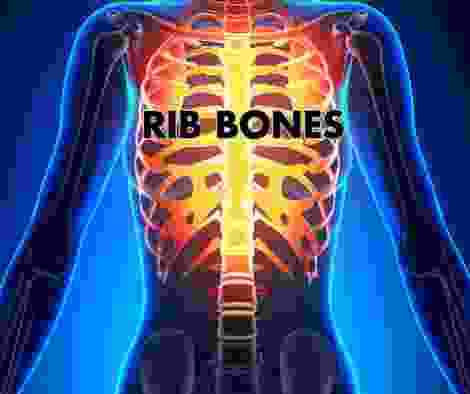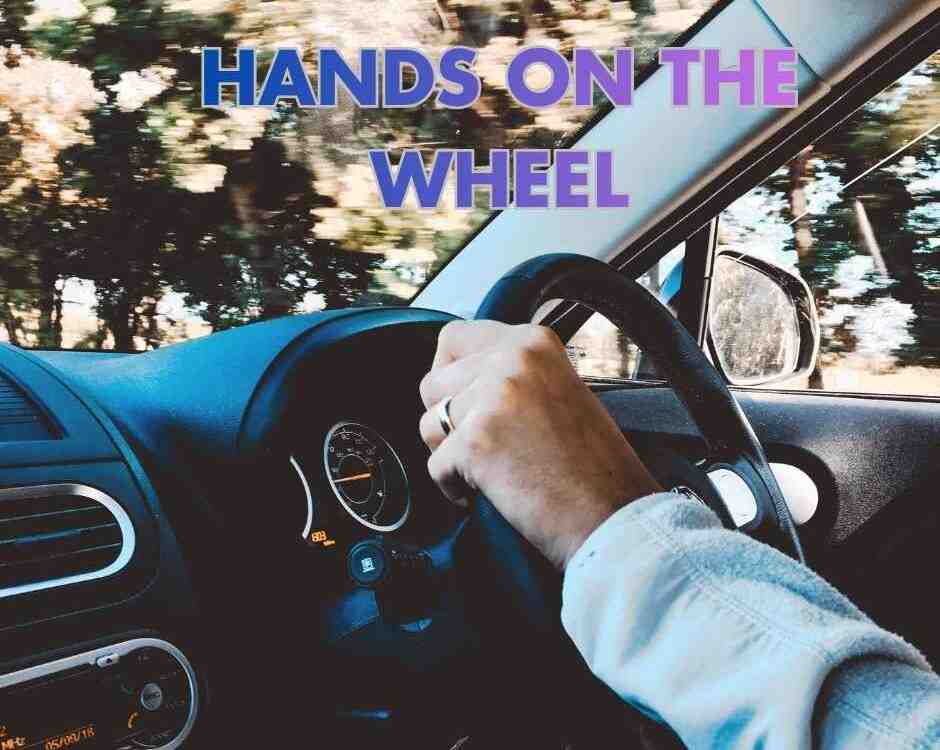The Rib Bones Connected to??

Are Sinus Infections Contagious?
April 25, 2025
Tension vs. Cervicogenic Headache
April 25, 2025- Accident doctor
- accupuncture
- airplane headache
- alzheimer's
- best habits
- Brain Injuries
- car accident
- car accidents
- cervical strain
- colds
- concussion
- Concussions
- disc bulge
- dosage meds
- dry needling
- dull pain
- E bike injuries
- florida
- good posture
- headaches
- Headrest positions
- Headrest positions after an accident
- Healthy choices
- Healthy flying
- healthy gift guide
- Healthy SPring Ideas
- hip pain
- hyperextension
- injury doctor
- insurance
- Kayaking
- kentucky
- kids motion sickness
- lifestyle
- motion sickness
- neck injury
- no fault insurance doctor
- noise healing
- osteoporosis
- pain symptoms
- pink noise
- posterior chain
- posture
- prevent osteoporosis
- Rest
- Scoliosis
- shoulder pain
- Stress with kids after a motor vehicle accident
- TBI
- tips
- tmj
- torn muscle
- Traumatic Brain Injury
- trigger points
- VitaminD
- What are Post Traumatic headaches?
The Rib Bones Connected to The What?
Your ribs are like a cage around your chest. They do a daily job of protecting your heart and lungs while letting you twist and breathe. Unfortunately, following a motor vehicle accident (MVA), that cage can turn into a source of misery, with pain popping up in places you would not expect. I had a recent patient at Chambers Medical Group that had some severe sternal pain going on and they were surprised when I went straight to some areas in their mid-back that were also hurting. How do those ribs tie it all together? I am Dr. Aaron Workman of Chambers Medical Group, one of the highest rated car accident medical care providers in Lexington, Kentucky, and I will help you connect the dots on why an MVA can hurt both your front and back, thanks to those continuous bony connections.
The rib cage has multiple pairs of curved bones that start at your spine in the back, arc around your sides, and hook up to your sternum (breastbone) in front via cartilage. The top pairs of ribs attach directly to the sternum with costal cartilage. This continues down to the bottom with a few changes and finally ends with two ribs that only attach to the spine. This interesting setup protects your vital organs, keeps you upright, all while forming one long connection. When an MVA slams you forward, that seatbelt digs into your sternum to save your life, but the force does not stop there. It ripples through those ribs, front to back, like a wave on a rope.
Sternal pain is the first obvious sign something is wrong. That seatbelt straps across your chest, and in an MVA, it can hit hard, bruising the sternum, cracking cartilage, or even fracturing a rib near the front. This trauma can come from the seatbelt, steering wheel, airbags and sometimes all the above. I have had patients describe it as a sharp stab or a deep ache right in the center, worse when they breathe deep or press on it. It is the price of staying put, but it is not the whole story.
Following the force impact on the sternum, the next bones in line are the ribs. The ribs loop all the way around to your thoracic spine which consists of your middle back. If you sustain a jolt to the front, it can twist and strain the whole rib cage, tweaking all the joints that the ribs make up. I have seen MVAs leave patients with dull, nagging pain between their shoulder blades, sometimes with a catch when they turn. It is usually not just the spine, but also part of the ribs and sternum if you follow the connected chain of bones. A bruise up front can mean inflammation or a minor shift in back.
I explain this to patients as if the ribs are a team, even pointing out where one rib connects on both sides. If one end takes a hit, the other feels the tug. Seatbelt pressure might crack a rib near the sternum, but the shockwave can irritate the back joints or strain muscles like the cartilage that lies between ribs. Breathing, coughing, or twisting can flare it up, both front and back, since every rib move pulls on both ends.
Once you understand the cause it is time to act. Rest, ice, and pain meds can ease the sternum. If you find yourself in the emergency department following an accident, they will likely do imaging in this area to rule out rib fractures, but you are far from being done with this injury. At Chambers Medical Group we find this to be a multiple injury issue that will require some therapy to get you back to enjoying life. If you find yourself suffering chest and back pain following an MVA, the doctors at Chambers Medical Group can help.
— This article is written by Aaron Workman, DC, one of the members of Chambers Medical Group’s team of car accident chiropractors who offer a variety of treatments and therapies ranging from diagnostic testing to various soft tissue therapies for car accidents and injuries in Kentucky.
- Car Accident Medical Clinic in Tampa
- Car Accident Medical Clinic in Plant City
- Car Accident Medical Clinic in Brandon
- Car Accident Medical Clinic in Lakeland
- Car Accident Medical Clinic in Sarasota
- Car Accident Medical Clinic in Louisville
- Car Accident Medical Clinic in Lexington
- Car Accident Medical Clinic in Florence




